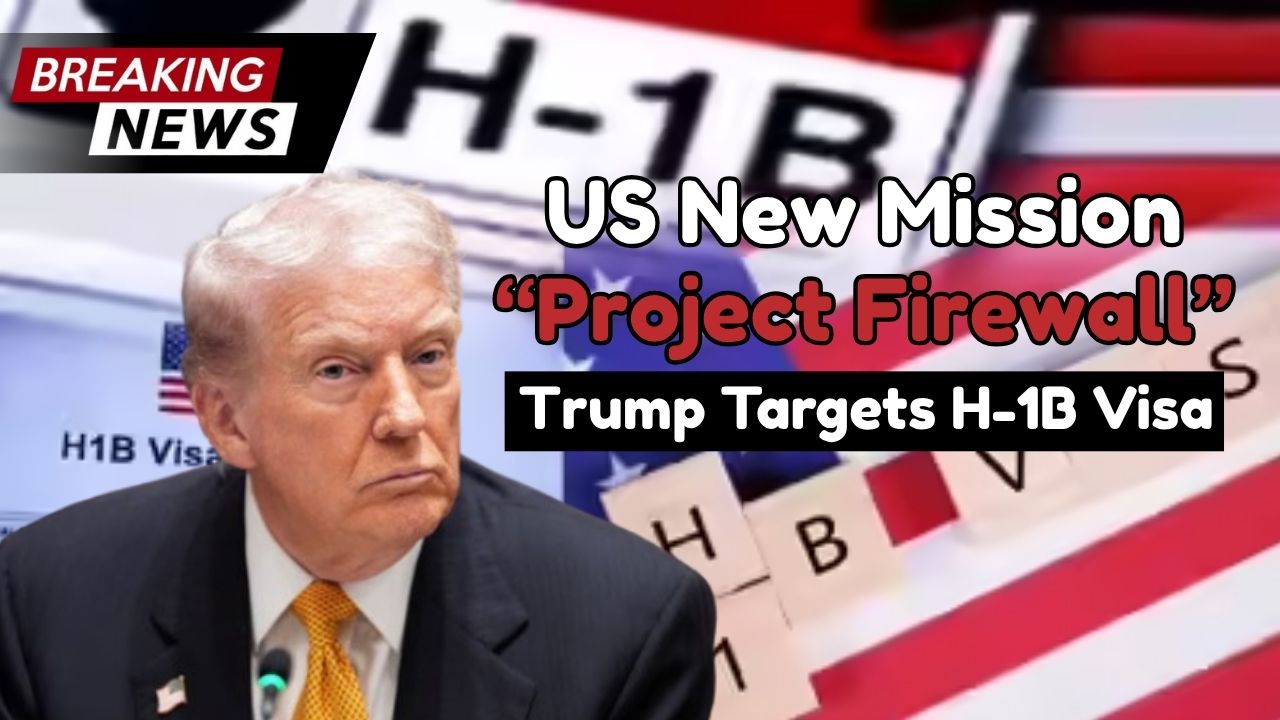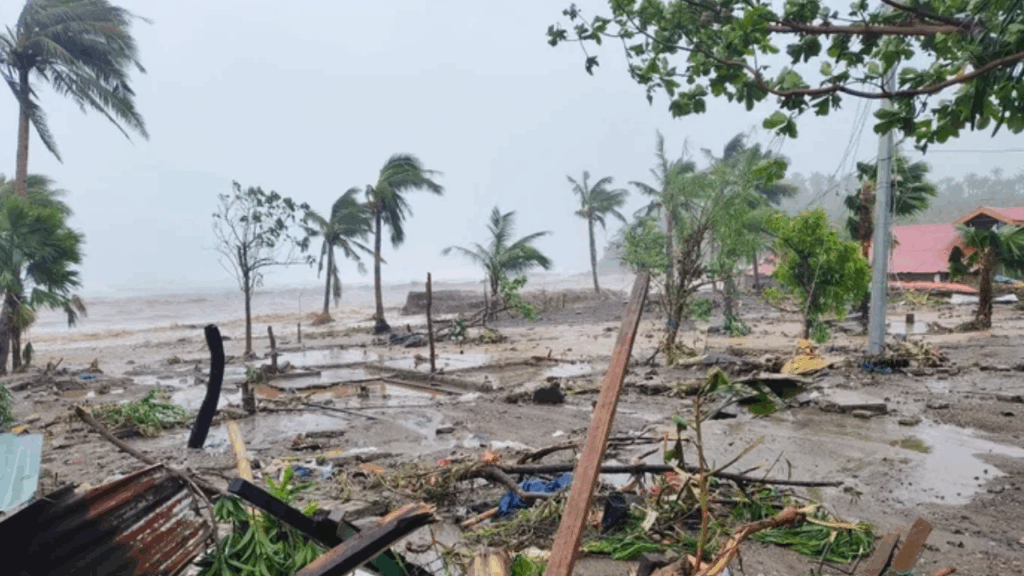The United States Department of Labor has intensified scrutiny of the H-1B visa program through Project Firewall, an enforcement initiative launched to examine whether employers are following wage, recruitment, and job qualification rules. According to public statements, the Department has opened 175 investigations into what it describes as potential abuses. The initiative emphasizes the long standing statutory intent of H-1B: to fill specialized roles when there are not enough qualified US workers, not to replace American workers with lower paid foreign labor.
Project Firewall sits within a broader policy environment marked by strong rhetoric on protecting domestic jobs and reassessing how immigration linked work programs operate. While the H-1B program remains a legal pathway for employers to hire talent in fields like software development, data science, engineering, research, and healthcare IT, the Department’s message is unambiguous. Employers must comply with wage and position rules, document the unavailability of qualified US workers when required, and avoid any practice that would depress local wages or displace current staff.
What Is Project Firewall

Project Firewall is a coordinated enforcement and compliance effort that brings together investigators, attorneys, and policy staff across the Department of Labor. The stated purpose is to audit and investigate H-1B related practices, focusing on:
- Wage compliance. Verification that employers are paying at or above the required prevailing wage for the occupation and location.
- Job authenticity. Confirmation that the role is truly a specialty occupation requiring specific expertise, education, or credentials.
- Recruitment practices. Review of whether employers made good faith efforts, where applicable, to find qualified US workers.
- Worksite accuracy. Comparison of certified worksites and duties with what is actually happening on the ground, including third party placements.
- Record keeping. Inspection of Labor Condition Applications, public access files, and supporting documentation.
The Department has signaled that these inquiries will be data driven and will prioritize cases with higher risk indicators such as sharp wage deviations, large volumes of amendments, or patterns of offsite placements that do not match certified roles.
Short Summary
Item |
Details |
|---|---|
Initiative |
Project Firewall by the US Department of Labor |
Focus |
Investigations into potential H-1B program abuses and compliance enforcement |
Status |
175 investigations initiated and personally certified by the Secretary, per announcements |
Stated Goal |
Prioritize qualified US workers and prevent hiring of underpaid foreign workers in place of Americans |
Sectors in Focus |
Technology, engineering, and other specialized roles that commonly use H-1B |
Communication Drive |
Agency social media campaign highlighting misuse claims and worker impacts |
Official Website |
Scope of the 175 Investigations
Per agency announcements, 175 investigations are underway. The Labor Secretary has indicated a direct role in certifying the initiation of these cases, underscoring the Department’s intent to move quickly and visibly. This number represents a starting point. Investigations can expand as new facts emerge, and they may branch into additional sites, related entities, or staffing vendors. Employers can expect requests for:
- Public access files and LCAs for the positions under review
- Payroll and timesheet records to verify wages and duties
- Organizational charts, job descriptions, and qualification requirements
- Evidence of recruitment efforts and candidate evaluation criteria
- Work orders or statements of work for third party placements
Messaging and Public Campaign
Alongside enforcement, the Department launched a social media campaign highlighting concerns that misuse of the H-1B program can disadvantage American job seekers. The posts emphasize the program’s original intent and warn businesses against using foreign hiring as a cost cutting shortcut. Communications also point to data showing high utilization of H-1B by certain countries, with India often cited due to the large share of applicants from Indian IT and engineering backgrounds.
How the H-1B Program Is Intended to Work
The H-1B program allows US employers to hire foreign professionals in specialty occupations. Key pillars include:
- Specialty occupation requirement. The job must need highly specialized knowledge and typically a bachelor’s degree or higher in a specific field.
- Prevailing wage. Employers must pay at least the prevailing wage for the occupation and location, or the actual wage paid to similar employees, whichever is higher.
- Labor Condition Application. Employers file an LCA with the Department of Labor, attesting to wage and working condition protections.
- Non displacement. Employers cannot use H-1B workers to break wage standards or replace US workers when doing so would violate program rules.
- Public access. Employers must keep certain documents available for public inspection, including wage rate and working conditions.
Potential Outcomes and Penalties
If investigators find violations, remedies may include:
- Back wages for underpaid H-1B workers
- Civil monetary penalties based on the nature and severity of the violation
- Debarment from the H-1B program for a defined period
- Corrective action plans and ongoing compliance monitoring
Employers that fully cooperate, self identify errors, and take corrective measures promptly may mitigate consequences, but penalties can be significant where there is evidence of willful underpayment or misrepresentation.
Compliance Checklist for Employers
To reduce risk under Project Firewall, employers should:
- Audit wages and job titles to ensure each H-1B worker is paid at or above the certified prevailing wage for the current worksite.
- Validate duties and worksites so that actual daily tasks match the LCA and the specialty occupation definition. File amendments if location or duties change.
- Maintain complete public access files, including wage postings, LCA copies, and pay scale explanations.
- Document recruitment where applicable, showing how US applicants were evaluated and why they did not meet the specialized requirements.
- Train managers and vendors on H-1B obligations to avoid unauthorized changes in duties or location.
- Respond promptly to Department of Labor requests and preserve all records during an investigation.
Guidance for Workers
H-1B workers and US workers in the same teams can both be impacted. Workers should:
- Keep copies of offer letters, LCAs, and pay stubs
- Monitor that duties and worksites match what was certified
- Report discrepancies to HR or the designated compliance contact
- Know that underpayment complaints can lead to back wage remedies
What to Expect Next
Investigations typically proceed through information requests and interviews. Some cases may close with no action if records align, while others may result in back wage findings or penalties. The Department has indicated that Project Firewall will continue, and that further investigations can be authorized as new leads develop.
Official Website
https://www.dol.gov
Frequently Asked Questions
1. What is Project Firewall
It is a Department of Labor enforcement initiative launched to investigate potential misuse of the H-1B program and to ensure that employers prioritize qualified US workers while complying with wage and worksite rules.
2. What types of violations are investigators looking for
Common issues include paying below the prevailing wage, listing one worksite but assigning the worker elsewhere, misclassifying the occupation to lower the wage level, and failing to maintain required public access files.
3. Can an employer change an H-1B employee’s work location or duties
Yes, but material changes generally require an amended filing and updated postings. Making changes without proper filings can result in violations.
4. What happens if violations are found
Remedies can include back wages, civil penalties, debarment from filing future cases for a period, and mandated compliance steps. The severity depends on the findings.
5. Does Project Firewall mean H-1B is ending
No. The initiative targets alleged non compliance. The H-1B program continues, but employers should expect stricter audits and documentation requirements.
Conclusion
Project Firewall signals a robust enforcement phase for the H-1B program. With 175 investigations in progress and high level certification of new cases, the Department of Labor is sending a clear message. Employers must ensure genuine specialty occupation needs, pay the proper prevailing wage, keep public access files in order, and align duties and worksites with certified filings. Workers should retain documentation and raise concerns through proper channels. For organizations that rely on high skill immigration, proactive compliance and timely amendments are the most reliable way to protect projects, people, and the business under the current enforcement climate.
For More Information Click HERE











